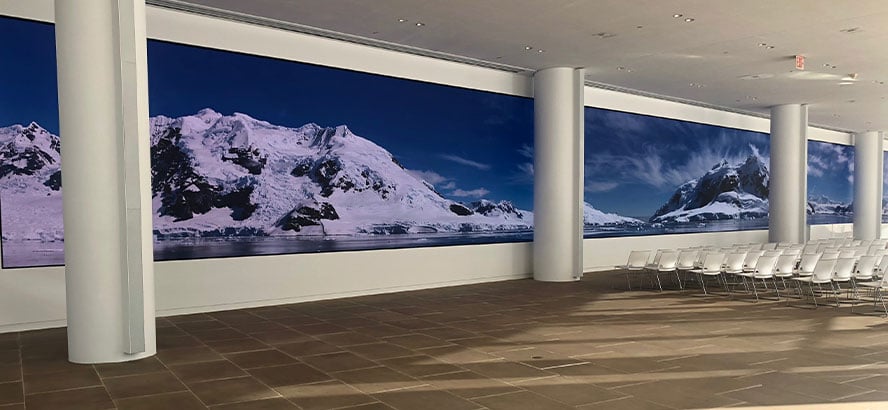Maximizing Visual Effect Via Strategic Material Scheduling in Light Emitting Diode Wall Execution
Wiki Article
Maximizing visual impact throughout light-emitting diode screen shows requires meticulous preparation plus tactical visual scheduling. Light-emitting diode screens represent potent tools in visual storytelling, often utilized in concerts, gatherings, plus displays. The efficacy of these screens depends not only only upon the caliber of the visuals but also on how plus when they are shown. By comprehending the viewers' attention duration plus the rhythm of the occasion, event planners can craft a more captivating encounter that enthralls viewers plus improves the total show.
One key element of tactical visual timing is scheduling. It is vital to synchronize the images to the beat and pace of the performance. For instance, during a musical performance, visuals should complement the beat and mood of the music. This synchronization helps to create a cohesive experience that pulls the viewers in. Additionally, it is important to take into account the length of each visual segment. Brief, impactful clips can maintain audience interest, while longer visuals may be suitable for moments of contemplation or sentimental bonding. By altering the duration and vigor of the images, organizers can keep the audience engaged throughout the performance.

Another important element is the material itself. The visuals displayed on the LED screen should be pertinent to the theme of the performance. This relevance aids to strengthen the narrative being communicated and makes the experience more memorable for the audience. For instance, if the show is about ecological consciousness, using images find this that depict nature and wildlife can amplify the narrative. Furthermore, adding dynamic elements, such as motion graphics or engaging visuals, can introduce thrill and maintain the viewers' focus. The appropriate material, shown at the right time, can significantly elevate the impact of the performance.
Audience engagement is also a crucial consideration in content scheduling. Understanding the characteristics and tastes of the viewers can inform the selection of visuals. For example, a younger audience may respond better to vibrant colors and fast-paced animations, while an older audience might appreciate more subtle and sophisticated images. By customizing the material to the viewers' interests, organizers can craft a more tailored encounter that connects with spectators. Additionally, adding viewer involvement, such as real-time polls or social interactions, can further enhance engagement and render the show more engaging.
Finally, assessing the efficacy of the content scheduling is essential for future shows. Collecting responses from the viewers can offer insightful information into what was effective well and what could be improved. This information can help organizers refine their strategies and take knowledgeable choices for future performances. By constantly assessing and adapting the content scheduling approach, event planners can amplify the visual impact of LED wall performances and craft memorable encounters for their viewers.